Making Home Automation Simple and Affordable
The term “Home Automation” often sounds complex and expensive to many consumers. But in reality, it doesn’t have to be. Automating your home doesn’t mean wiring up every room with high-tech gadgets—it can be as simple as streamlining one or two everyday tasks. For example, I have elderly parents, and I often worry about whether they’ve turned off the lights before bed or remembered to shut off the stove. If you’re an iPhone user and want a simple way to check on your loved ones, home automation can help—without breaking the bank. A Simple Solution with Lutron One easy and affordable way to get started is by using a Lutron Caséta hub and smart switch. This setup allows you to automate a single light switch—like the one in a bedroom—so you can monitor and control it remotely. Cost: Around $110 for the hub and switch combo. App: Download the Lutron App from the App Store to your iPhone. Make Sure Its from Lutron not other company. Installation: If you’re not comfortable with electrical work, call a licensed electrician. If you’re in the Midwest region of Illinois, TGEP is a reliable company that can handle the installation. Setup Steps Connect the Hub: Plug the Lutron hub into your modem’s Ethernet port (or a connected switch). Configure the Hub: Press the black button on the hub when prompted to sync it with your home network. Install the Switch: Once wired, open the Lutron app and tap “Add Device.” Pair the Switch: Press the bottom of the switch until the light flashes. The app will automatically detect and add it to your system. And just like that—voilà!—you’ve created a simple home automation setup that gives you peace of mind and helps your loved ones stay safe.
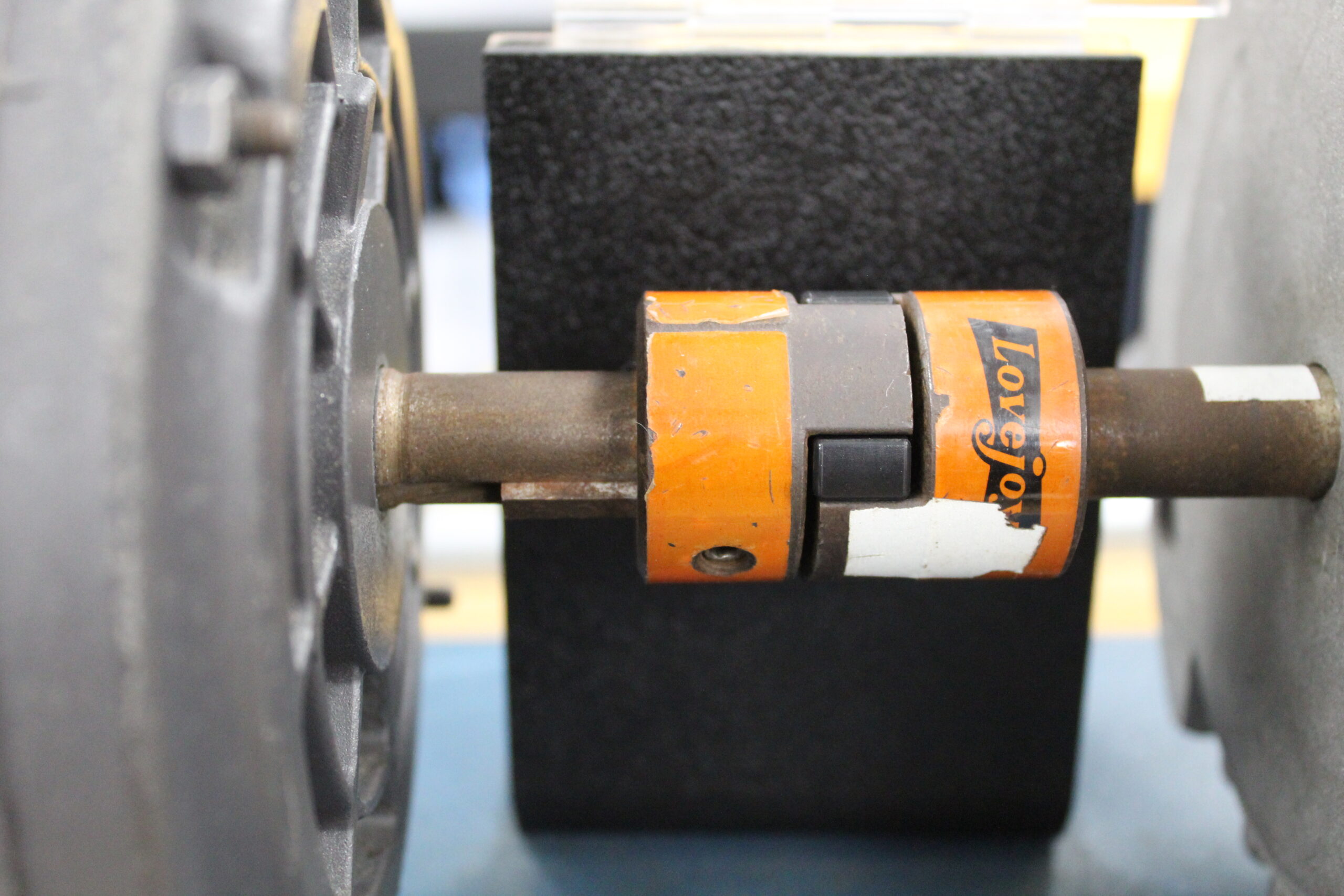
The Art of Motor Coupling: Connecting Power to Performance
In the world of industrial automation and mechanical systems, electric motors are the heartbeat of productivity. From powering conveyor belts in manufacturing plants to driving pumps in water treatment facilities, electric motors are everywhere. But their power is only as effective as the connection to the equipment they drive — and that’s where motor couplings come into play. Why Motor Couplings Matter AC or DC Motor couplings are essential components that connect electric motors to driven equipment such as pumps, fans, and conveyors. They serve a critical role in transmitting torque while accommodating misalignment, reducing vibration, and protecting both the motor and the driven machinery from excessive wear. In Will County lots of industries deploy AC or DC motors for various uses. A well-selected and properly aligned coupling can: Extend motor life Improve system efficiency Minimize downtime Reduce maintenance costs Types of Motor Couplings at TGEP LLC we Install and Service At our company, we specialize in the installation and servicing of all major types of motor couplings, including: 🔹 Sure-Flex Couplings Flexible and easy to install, Sure-Flex couplings are ideal for applications where misalignment and shock loads are common. Their elastomeric design helps dampen vibration and noise. 🔹 Gear Couplings Known for their high torque capacity and durability, gear couplings are perfect for heavy-duty applications. They consist of two hubs with external gear teeth and a sleeve with internal teeth. 🔹 Chain Couplings These couplings use a roller chain and sprockets to transmit torque. They are rugged and reliable, often used in conveyor systems and other industrial machinery. 🔹 Grid Couplings Grid couplings offer excellent vibration damping and shock absorption. Their unique grid spring design makes them suitable for high-speed and high-torque applications. The Importance of Proper Coupling Selection and Alignment Choosing the right coupling isn’t just about matching torque ratings — it’s about understanding the application. Factors like misalignment tolerance, operating speed, environmental conditions, and load characteristics all influence the best choice. Equally important is precision alignment. Misaligned couplings can lead to: Increased vibration Premature bearing and seal failure Excessive energy consumption Using laser alignment tools and expert techniques, we ensure every coupling is installed to exact specifications, maximizing performance and longevity. Couplings in Conveyor Systems In conveyor systems, motor couplings play a pivotal role in ensuring smooth and efficient material handling. Whether it’s a belt conveyor in a packaging line or a screw conveyor in a grain processing plant, the right coupling ensures consistent motion and minimal mechanical stress. Final Thoughts The art of motor coupling lies in the balance between power transmission and mechanical harmony. We at TGEP try find the right coupling for the application, With the right coupling, properly installed and aligned, electric motors can deliver peak performance while minimizing wear and tear on connected equipment. Whether you’re upgrading your system or troubleshooting vibration issues, our team is here to help with expert advice and hands-on service for all major coupling types.

Electric Vehicle Charging Station Glendale Heights, IL
How to Set Up an As electric vehicles (EVs) become more popular, the need for reliable and accessible charging stations is growing. If you’re planning to install an EV charging station in Glendale Heights, Illinois, it’s important to follow local regulations and safety standards. This guide outlines the key steps: 1. Permitting Process Before installation, you must obtain the proper permits from the Community Development Department. Where to Apply: In Person: 300 Civic Center Drive, Glendale Heights, IL 60139 By Mail, Fax, or Email: Fax: 630.260.1317 Email: permits@glendaleheights.org Who Can Apply: Property owners or authorized contractors registered with the Village. Required Documents: Site plan Electrical drawings Load calculation sheet HOA approval letter (if applicable) Engineer/architect seal (if project cost exceeds $10,000) 2. Electrical Load Calculations Load calculations ensure your electrical system can support the EV charger. Charger Types: Level 1 (120V): Minimal load; no permit needed if using existing outlets. Level 2 (240V): Requires a permit and load calculations. Load Calculation Sheet Must Include: Size of existing service panel Existing electrical load Proposed load from EV charger Circuit breaker size Conductor types and sizes Conduit specifications 3. Electrical Drawings These are required for permit approval and safe installation. Include the Following: Single-line diagram (power source, circuit breaker, conduit/wiring path, charger location) Site plan (parking layout, charger mounting height, ADA compliance if public access) Manufacturer specifications for the EVSE (Electric Vehicle Supply Equipment) 4. Electrician Registration & Bonding Electricians must be registered with the Village to perform work. Who Must Register: Any electrician or electrical contractor working in Glendale Heights. Required Documents: Completed Contractor Registration Application $20,000 Surety Bond (Plumbing contractors exempt) Valid electrical license from an approved municipal corporation Fees: Registration Fee: $75 Fee Waiver: Available for electricians with a valid municipal license Submit Registration: In Person: Community Development Department By Email: permits@glendaleheights.org By Fax: 630.260.1317 Final Tips Start Early: Permit approval may take up to 14 days, especially if revisions are needed. Hire Licensed Professionals: Ensure your contractor is registered with the Village. Plan for Expansion: Consider installing EVSE-ready infrastructure for future scalability.
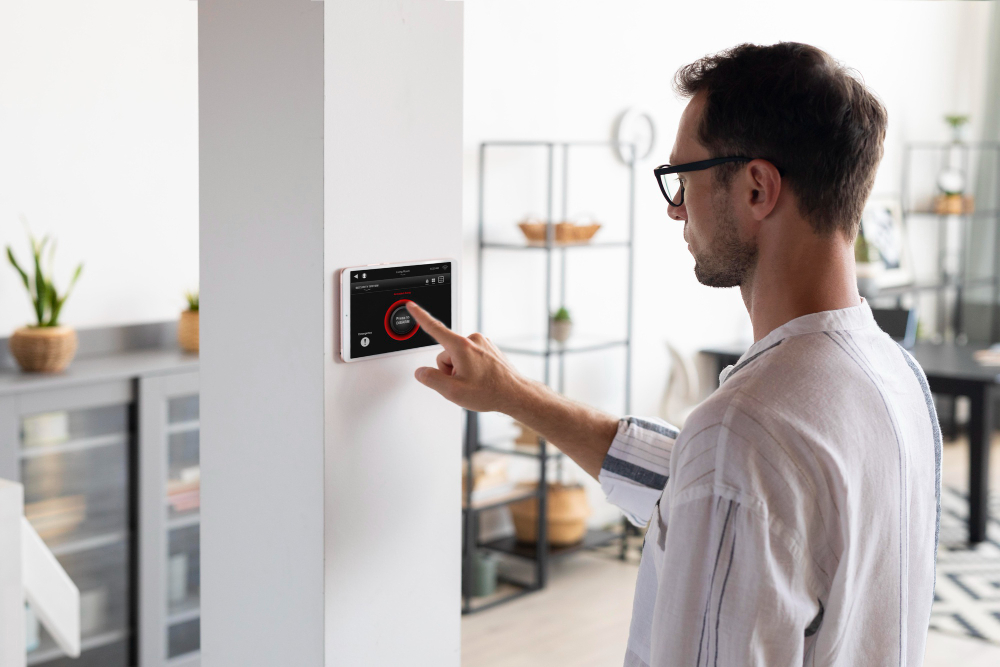
LED Light Blinking with Lutron Caseta Smart Switch in Office Automation Projects – Naperville, IL
LED lights blinking after installing a Lutron Caseta Smart Switch in a three-way setup? Discover how the LUT-MLC capacitor resolves this common issue in smart home and office automation projects across Naperville, IL. Ideal for homeowners and businesses upgrading to intelligent lighting systems.
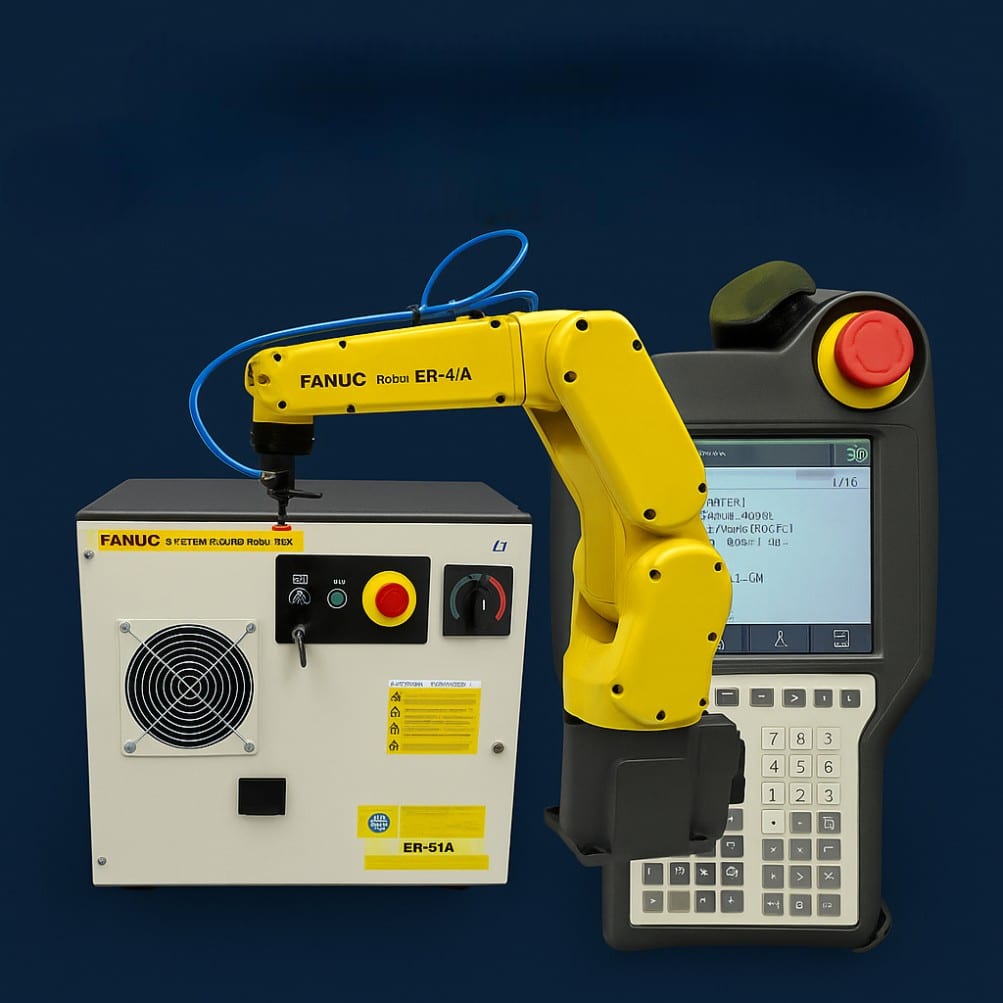
Boosting Production Efficiency with PLC-Driven Palletizing Conveyors: TGEP’s Midwest Expansion
TGEP enhances production efficiency in Naperville and the Midwest with the installation of motorized palletizing conveyors integrated with PLC systems—delivering smarter automation and streamlined operations for local industries.

Brightening the Future: Office Automation for a Modern Medical Office Condo by TGEP
TGEP, a Midwest electrical company, modernized a medical office condo by replacing outdated fluorescent lighting with LED fixtures and integrating Lutron smart switches. The upgrade eliminated flickering, humming, and inefficiencies—creating a quieter, smarter, and more energy-efficient workspace.
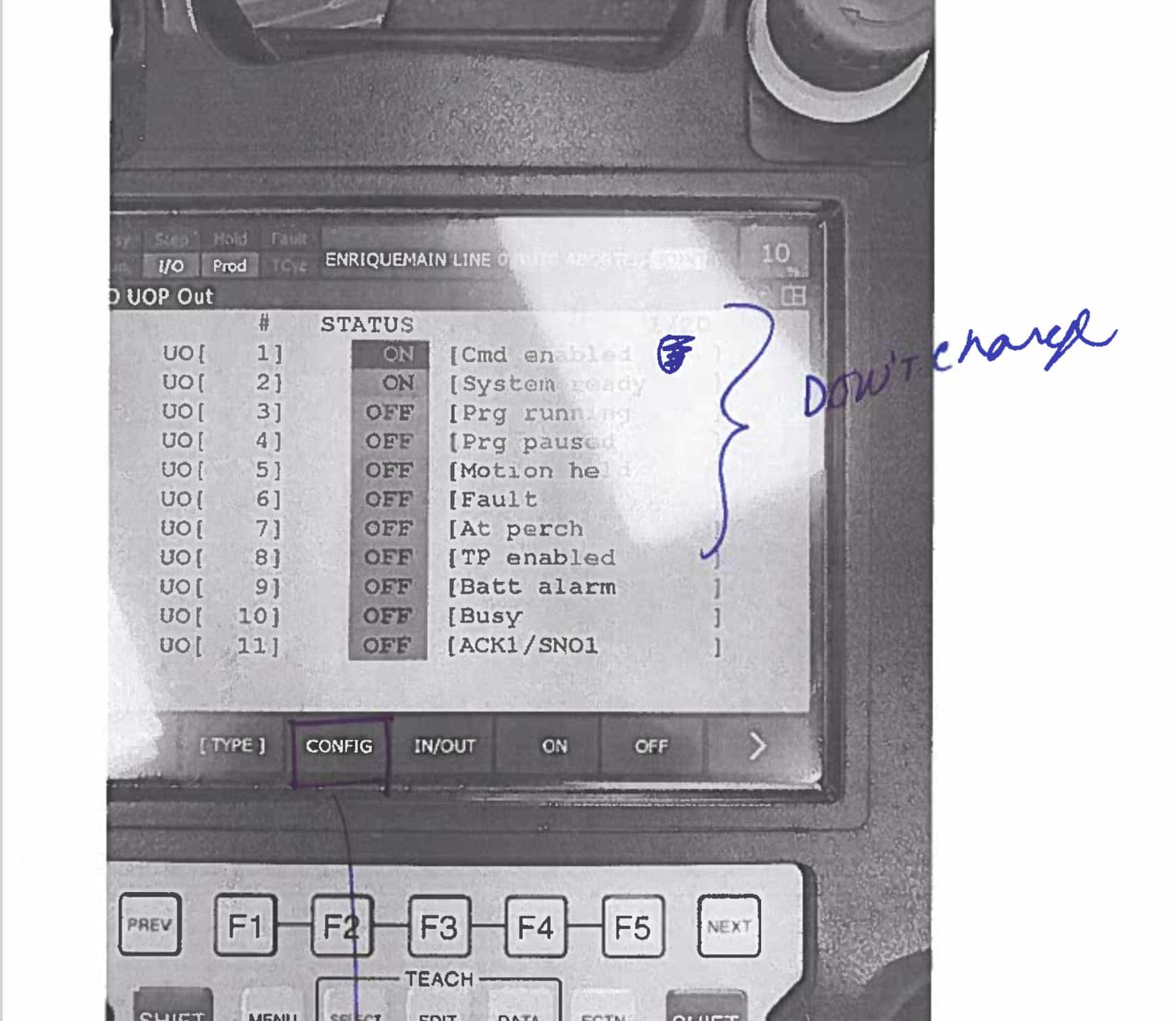
Understanding UOP in FANUC Robots: Why You Shouldn’t Change Some Values.
Changing UOP rack values on your FANUC robot without proper setup can lead to faults, safety risks, and lost production. TGEP Electrical Services explains the risks and best practices for safe integration with PLC systems across Midwest industries.

Smart Home Automation in Naperville, IL: From Simple to Sophisticated
TGEP Electrical Services brings smart home automation to Naperville, IL—from simple lighting and thermostat upgrades to advanced HomeKit integration, sensor systems, and legacy automation support. Discover how to modernize your home with scalable, reliable solutions tailored for Midwest living.
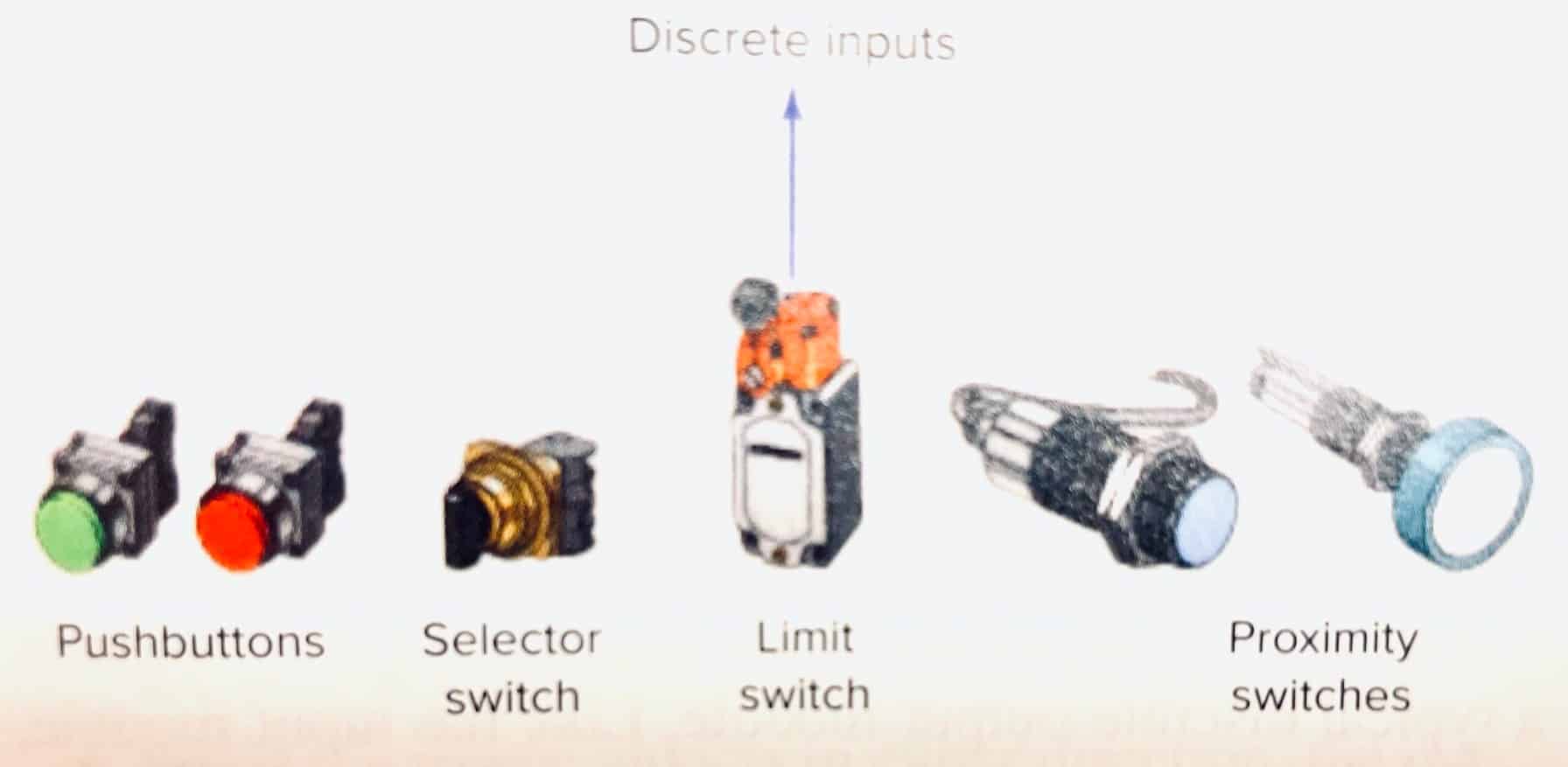
Understanding Discrete Inputs in Allen-Bradley and Other PLCs: Why Discrete Switches Matter in Industrial Automation
Explore how discrete inputs are used in Allen-Bradley and other PLCs. Understand the difference between discrete and analog inputs in block programming and why discrete switches remain vital in industrial automation.
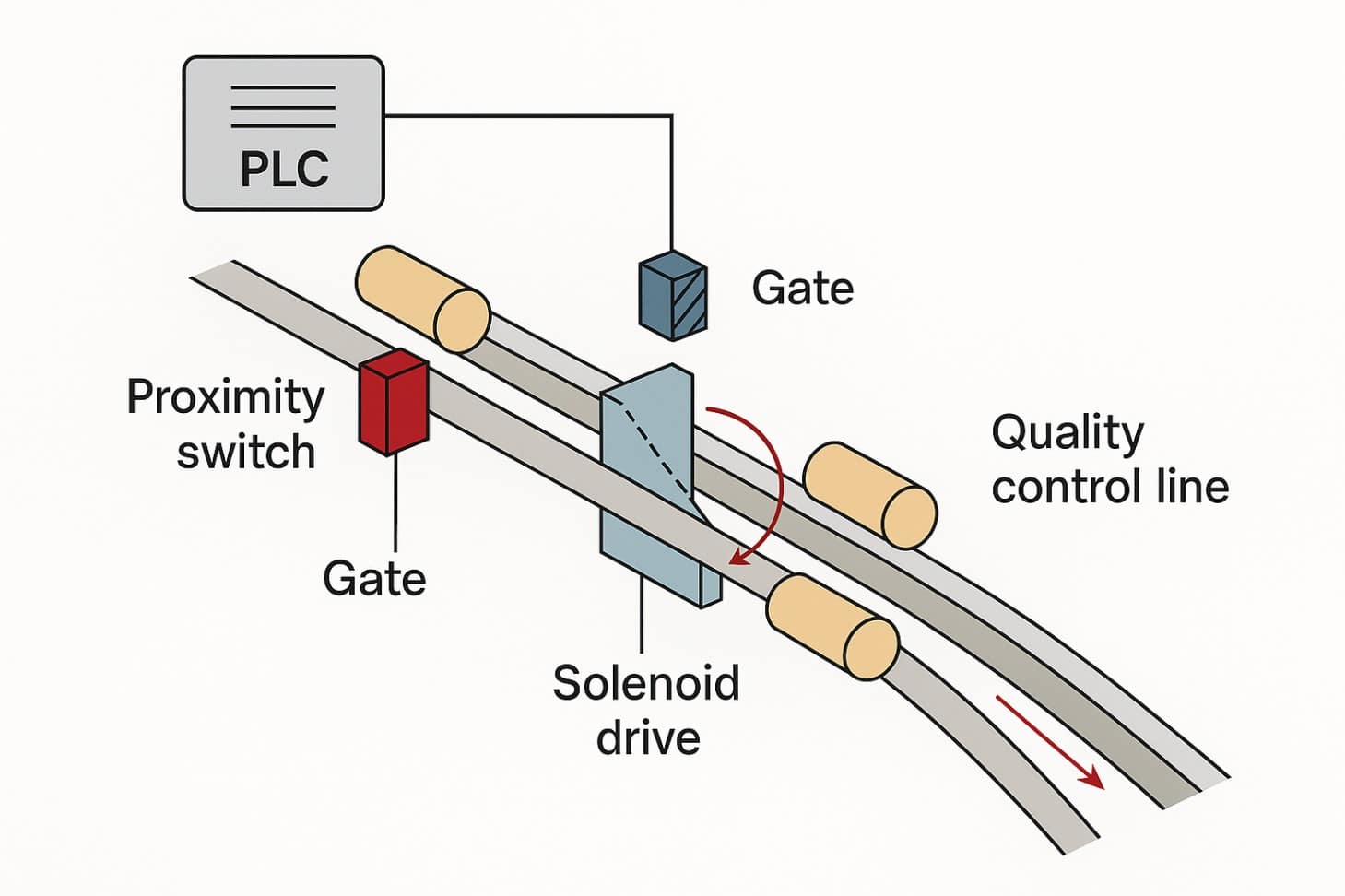
Enhancing Conveyor Automation: Using Solenoid Gate Drives with PLCs and Proximity Switches
Discover how TGEP integrates solenoid gate drives with PLC-controlled conveyor systems using proximity switches. Learn how this setup improves automation, safety, and efficiency—perfect for licensed electricians and automation professionals working with FANUC robots, motors, and industrial controls.
